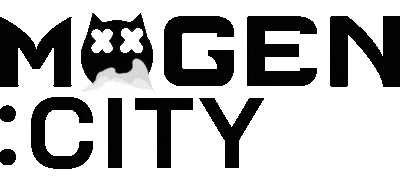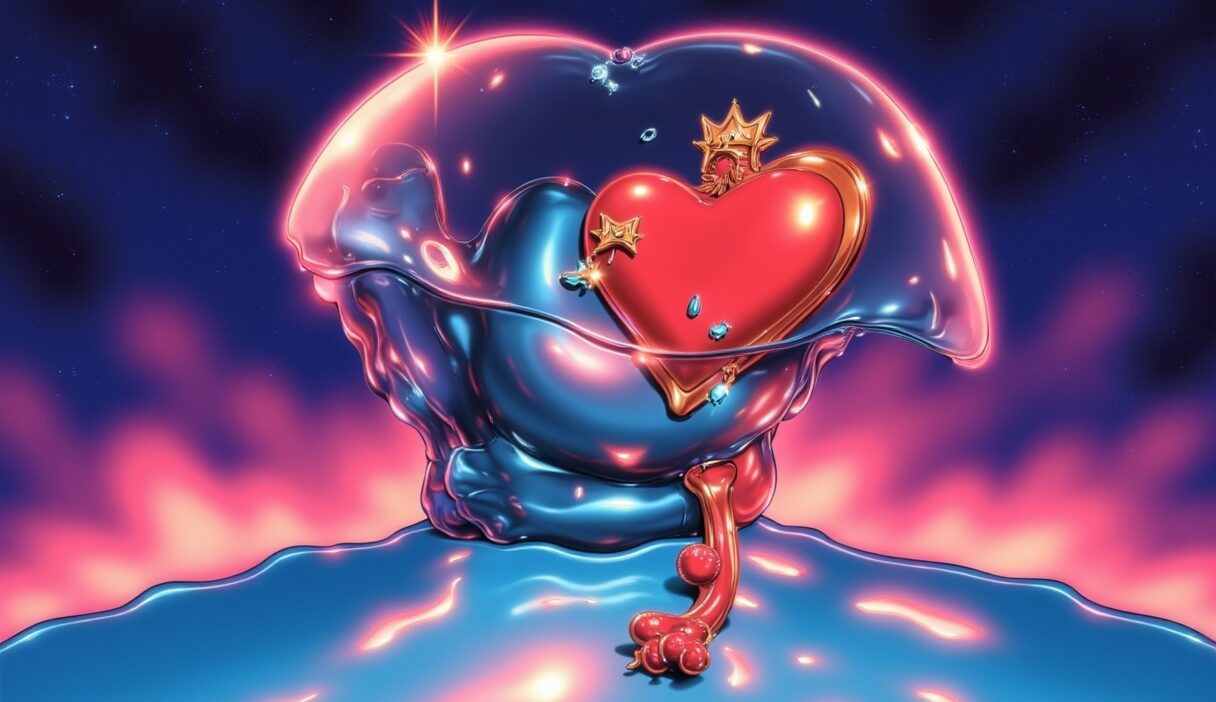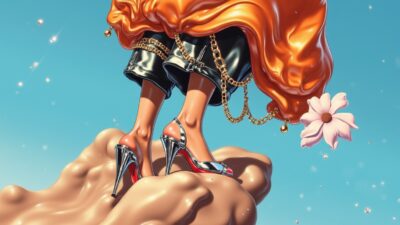NFT Winter Deepens, Sales Down by Two-Thirds
The non-fungible token market isn’t what it used to be. In the first quarter of 2025, NFT sales totaled $1.5 billion, plunging 63% compared to $4.1B in the same period a year priorcointelegraph.com. After the dizzying heights of the 2021-22 NFT boom, the market has entered a stark correction. March was particularly brutal: monthly NFT volume sank 76% year-over-year to just $373 millioncointelegraph.com. Collectors simply aren’t aping into JPEGs at the rate they once did. Macro uncertainty and a cooldown in speculative fervor have left the NFT space much quieter – in terms of both hype and prices.
However, it’s not uniformly bleak. A few “blue-chip” NFT collections are thriving even as the overall market slumps. Data shows a handful of beloved projects actually saw sales growth amid the downturncointelegraph.com. This divergence suggests that while casual flippers have exited en masse, committed communities behind top-tier collections are still active (and even expanding). In other words, NFTs with strong brands or unique appeal are weathering the winter better than the rest.
Pudgy Penguins, Doodles, Milady: Bright Spots Amid the Gloom
Leading the charge of unlikely winners are the Pudgy Penguins. Once left for dead after a rocky 2022, Pudgy Penguins had the highest trading volume of any collection in Q1 2025 at $72 million, up 13% from the $63.5M they did in Q1 2024cointelegraph.com. This is a remarkable feat in a shrinking market. The resurgence can be attributed to the project’s strong community and savvy expansion beyond crypto – Pudgy Penguins have been pushing into toy merchandise and social media content, extending their brand reach. The “cute penguin” narrative proved surprisingly enduring while trendier NFTs faltered.
Another standout is Doodles, which saw its sales volume jump to $32 million this quarter from $22.6 million a year agocointelegraph.com – a roughly 42% increase. This came as Doodles aggressively pursued mainstream partnerships, most notably a collaboration with McDonald’s that put Doodles characters on Happy Meal boxes in select marketscointelegraph.com. That crossover exposure seems to have paid off. Despite some Web3 purists grumbling about “going corporate,” the strategy introduced Doodles to new audiences and reinvigorated its holder base. The collection’s floor prices have held up much stronger than most, and community sentiment is optimistic as Doodles positions itself as a Disney-like IP in the NFT world.
And then there’s the wildcard Milady Maker. This anime-inspired avatar collection (10,000 NFTs) recorded a whopping 58% increase in sales volume in Q1, the largest jump among major collectionscointelegraph.com. Milady benefited from a mix of meme energy and influential backers – Ethereum co-founder Vitalik Buterin gave it an unexpected shoutout, and more controversially, disgraced Three Arrows Capital co-founder Su Zhu promoted it on social mediacointelegraph.com. The project’s edgy, lo-fi aesthetic caught the attention of niche crypto communities, fueling a cult-like resurgence. It’s a reminder that in NFTs, sometimes the most unlikely narratives (in this case, a somewhat ironic embrace by crypto elites) can drive real demand.
Not every established collection thrived, though. The blue-chip royalty of 2021 – CryptoPunks and Bored Apes – saw steep declines. CryptoPunks tallied about $60M in Q1 2025 sales, down 47% from $114M in the first quarter of 2024cointelegraph.com. Bored Ape Yacht Club (BAYC) had an even bigger drop of 61%. The monkey-themed NFT collection managed only $29.8 million in Q1 2025 sales, down from $78M in Q1 2024cointelegraph.com. It appears the top-heavy meta of profile-picture NFTs has cooled; many big-name collectors already have their Punks/Apes and trading has slowed to a trickle. The BAYC brand also faced saturation – with so many spin-off collections (Mutant Apes, Kennel Club, Otherside land), some investors have shifted focus to newer “meta” trends. Still, it’s worth noting these elite collections haven’t lost cultural relevance – they’re just not changing hands as frequently in a bear market.
Bitcoin NFTs (Ordinals) See Value Rise, Volume Fall
Interestingly, one corner of the NFT world saw average prices jump even as trading activity collapsed: Bitcoin Ordinals. Ordinals (NFT-like assets inscribed on the Bitcoin blockchain) were the hot new thing in early 2024, and by Q1 2025 their market has matured in an odd way. The average Bitcoin NFT sale price skyrocketed to $633, up from about $63 a year agocointelegraph.com. High-end Bitcoin-based NFTs (think rare ordinals or historical inscriptions) commanded much higher valuations, suggesting a small group of die-hard collectors remain willing to pay top dollar. But overall Bitcoin NFT sales volume nosedived 79% to just $291M in 2025, compared to $1.4B in the first quarter of 2024cointelegraph.com. In short, the Ordinal craze that took Bitcoin by storm last year has cooled dramatically. Even one of Bitcoin’s core developers called Ordinals one of the “most overhyped narratives” and said that era is “completely gone”cointelegraph.com. The takeaway? A few Bitcoin NFTs became ultra-valuable trophies, but broad interest in Bitcoin-based digital collectibles appears to have been a flash in the pan.
NFT Industry Faces Reality (and Lawsuits)
With less speculative money sloshing around, the NFT industry is confronting the need for real utility and honest business practices. A cautionary tale emerged as Nike – yes, the sneaker giant – got hit with a class-action lawsuit alleging it executed a “rug pull” on NFT buyerscoingape.comcoingape.com. Nike’s Web3 subsidiary, RTFKT, had launched a hyped sneaker-themed NFT platform, only to abruptly shut it down after pocketing millions. Investors claim Nike touted RTFKT’s NFTs using its reputation to hype the project and then abruptly closed the platform, causing damages exceeding $5 millioncoingape.com. Notably, the lawsuit argues that the sportswear behemoth sold unregistered securities (in the form of NFTs) and then failed to deliver on its promisescoingape.com. It’s a dramatic example of big brands stumbling in the NFT space. And Nike isn’t alone – other big brands (from Adidas to Starbucks) that jumped into NFTs have learned that maintaining user interest after the initial drop is harder than it looks. It underscores that even “trusted” companies can leave holders in the lurch. The case is ongoing, but it has sent a chill through corporate NFT initiatives. Brands venturing into NFTs now face higher scrutiny and pressure to actually add value, not just cash in on hype.
Meanwhile, NFT builders are doubling down on delivering usefulness to buck the market malaise. We’re seeing projects explore gaming and metaverse integrations (NFT items that can be used in games or virtual worlds), ticketing and membership use-cases, and creative royalty models to attract creators back. Some signs of life: NFT trading volumes on Solana and Polygon have shown slight upticks as gaming-centric collections gain traction, and new open edition mint formats (selling unlimited NFTs in a time-limited window) have maintained steady interest among artists and collectors. These may point to an evolving market that’s less about speculative flipping and more about community and utility.
Outlook: Survival of the Fittest NFTs
As the NFT market digs itself out of a cool-down, it’s clear that quality over quantity is the order of the day. Projects with strong communities, brand partnerships, or unique cultural cachet (like our friends the Penguins and Miladys) are not just surviving but actually growing. Lesser-known and lower-effort cash grab projects, however, are fading into oblivion as buyers grow more discerning. The days of selling out a 10,000-piece collection in minutes on hype alone are mostly gone – and that might be a good thing for the ecosystem’s long-term health.
Looking ahead, insiders believe NFTs are far from dead – they’re evolving. We may see fewer multi-million dollar random avatar sales, but more integration of NFTs in gaming, music, and real-world assets (think property deeds or concert tickets as NFTs). Regulators are also circling; the Nike case and others could establish precedents that shape how NFTs are issued and marketed. For now, the mantra among NFT creators is to build real value. As one crypto artist tweeted recently: “Bear markets show who actually cares about art and community.” The hype may be quieter in 2025, but under the surface the NFT ecosystem is hard at work – and the next bull cycle will likely belong to those who kept the faith (and kept creating) during the downturn.
NFT Market Sees Sales Plunge 63%, But Penguins and Doodles Buck the Trend
The content, NFT Market Sees Sales Plunge 63%, But Penguins and Doodles Buck the Trend, published on Mugen:City is for informational and entertainment purposes only.
We do not offer financial advice, investment recommendations, or trading strategies.
Cryptocurrencies, NFTs, and related assets are highly volatile and risky — always DYOR (do your own research) and consult with a professional advisor before making any financial decisions.
Mugen:City, its writers, and affiliates are not responsible for any losses, damages, or financial consequences resulting from your actions.
You are fully responsible for your own moves in the degen world. Stay sharp, stay rebellious.





